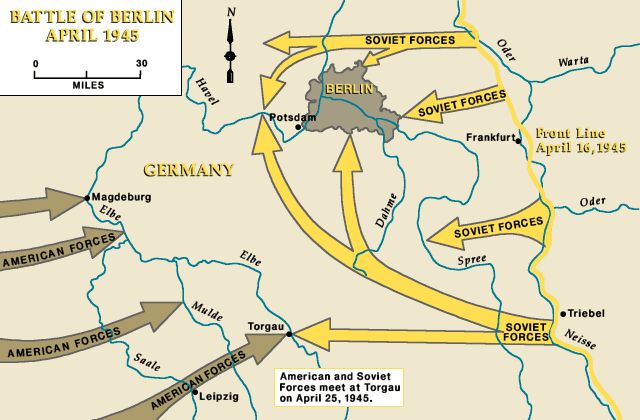Forgive me, but I am joining this discussion rather late and don't feel like diving through 22 pages of posts just to see if someone else has made this point yet. If someone else has already pointed this out, then I guess I'm casting my vote with them

I know there's a lot of concern about the "1-unit per tile" mechanic. The notion of moving from Stacks o' Death to individual troop concentrations is a little jarring, but not entirely crazy to me. After all, I grew up on Civil War Generals for turn based strategy LONG before I tried Civ 2, and it was actually really jarring that now I could suddenly pile on as many troops as needed into one square. Now having played Civ 4 for a few years, I've come to realize that you can't actually wage a war
without a stack of death. And the maxim that explains why is simple: unit damage rotation.
With multiple units on one tile, there is no possibility for concentration of fire by either side. Civ 4 warfare currently consists of suicidal artillery assaults in an effort to weaken the entire stack before sending in the main attack force. Then, the first maceman/rifleman/infantry attacks. If successful, the opposing unit is destroyed. If NOT successful, the opposing unit gets dropped to the bottom of the stack, and you still need just as many troops to take the tile after the attack as you did at the start of the attack. You can't even guarantee efficient eradication of the troops you're attacking because each unit damaged will potentially get thrown on the bottom of the stack (if the attack actually did anything and didn't just waste itself), which means that you could, if the enemy had enough troops, throw your entire stack of doom at their stack, and ultimately accomplish nothing besides giving their units a metric crap ton of experience.
It strikes me that this is a very one-dimensional combat system, something that I think 2k and Firaxis have realized.
So, logically, people would call for a unit cap on the tiles. Say 10, or maybe even 5 units per tile max, right? The problem with this approach is that shielding mechanic I mentioned is still going to come into play. Only this time, the advantage of a unit cap goes directly to the defender. Appropriate stacks of death required to take out 1 tile at a 5-unit cap would be roughly 3 5 unit tiles attacking the defender. If we removed shielding, though, advantage would clearly go to the attacker, who would then be able to pick and choose the best possible unit to attack the weakest link in the defensive line. Defenders would essentially get one volley off at full strength, and then be decimated by the second attack because the fresh troops would tear into the guys at 65% or less health.
Anyway, I know that it is jarring as hell to suddenly see ONE unit being the total of your military presence in a tile, but it will actually allow for more dynamic battles. Part and parcel with the one unit rule, though, is that combat doesn't result in slaughtering the other force. More likely there will be a maximum percentage of damage done or possibly even a morale/organization stat in addition to military strength to determine which units are in a condition to fight. Though, it might also ironically be the death of low tech combat wins... the Civ 4 game I'm playing right now has me pitting riflemen against infantry. I lose troops at a horrendous rate with each attack, but I'm out producing the other empire 3:1 on the troops, so it's actually possible to win this war. With single unit arrangements like this, I'm not sure that would any longer be possible as the army sizes should be roughly equal between me and the empire I'm attacking, and that would destroy any advantage I might have.
 Illiad only shows combat when the Trojans try to push the Greeks to the sea in a sortie and the Odyssey happens far after the fall of Troy...
Illiad only shows combat when the Trojans try to push the Greeks to the sea in a sortie and the Odyssey happens far after the fall of Troy...






